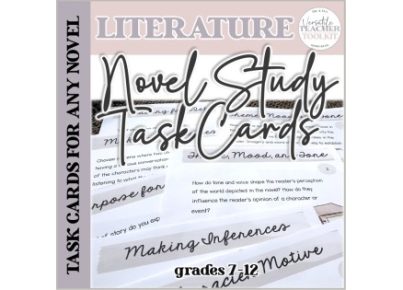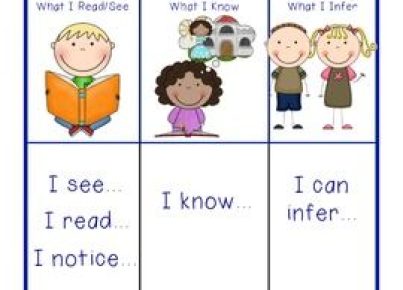LEGO bricks have long transcended their status as mere toys, becoming powerful educational tools in classrooms around the world. Teachers and educators are increasingly recognizing the immense potential of these colorful building blocks for creating interactive, hands-on learning experiences across various subjects.
One exciting way to integrate LEGO into learning is through storytelling. Students can create characters and settings with LEGO bricks, which serves as a 3D storyboard to visualize and deliver narratives. This approach not only makes story crafting more engaging but also enhances spatial awareness and creative thinking.
Another innovative method is using LEGO for mathematics education. By building structures, students can explore concepts like symmetry, geometry, and fractions in a tactile manner. For younger children, simple counting and arithmetic become much more enjoyable when LEGO bricks are used as visual and physical aids.
LEGO can also play a role in introducing students to engineering and physics principles. Constructing bridges, towers, and vehicles allows for discussions about structural integrity, force, and motion. It opens the door to problem-solving challenges that require students to plan, test, and iterate their designs.
Science classes can benefit from LEGO as well by modeling biological processes or ecosystems. For example, students could build a representation of the water cycle or demonstrate pollination. It’s an excellent way for learners to grasp complex systems through visualization and active engagement.
Furthermore, with the advent of LEGO robotics kits like LEGO Mindstorms, students have opportunities to delve into coding and robotics. They can design robots that move and perform tasks, which introduces key concepts of computer science in a tangible way that links programming with real-world effects.
Literacy skills can be enhanced too by coupling writing assignments with LEGO projects where children express narratives they have built or documenting their building process which reinforces language structure skills.
In summing up its educational value, it’s clear that LEGO has immense potential to make learning fun while fostering critical thinking skills. Its versatility makes it suitable for a broad array of subjects, cementing its place as a valuable asset in any classroom looking to inspire creativity and engagement in their students.





